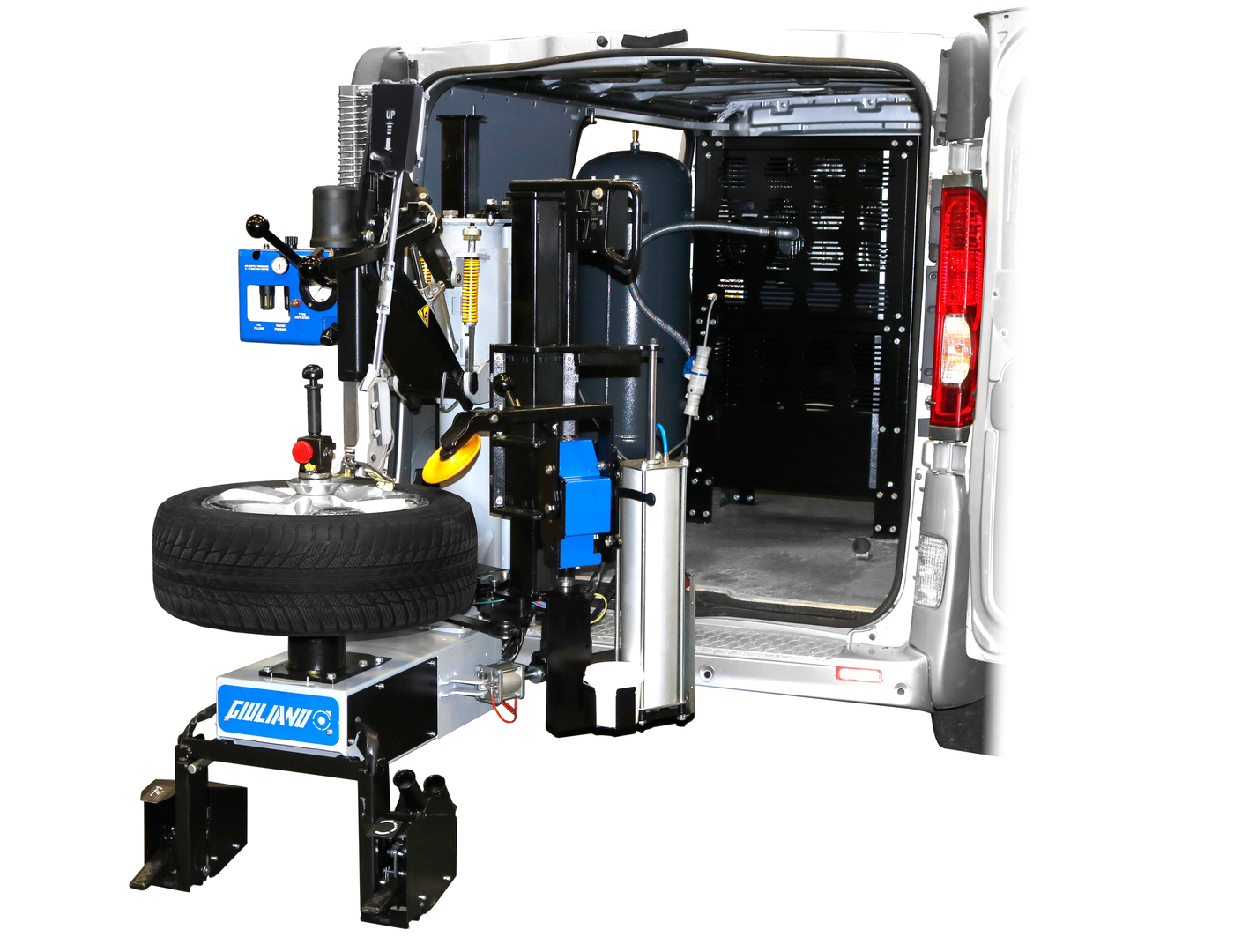Tire Service: Proven Techniques for Optimal Tire Upkeep and Care
Preserving ideal tire problem is critical for both security and efficiency of any kind of vehicle. From guaranteeing correct tire stress to normal turning and alignment, there are proven approaches that can considerably expand the life-span of your tires and boost general driving experience. As we discover the ins and outs of tire care and maintenance, we will discover vital guidelines that every vehicle proprietor need to adhere to for the very best feasible outcomes. Allow's explore the world of tire service and discover the keys to keeping your tires in first-class shape for the long haul.
Relevance of Tire Pressure
Correct tire pressure is an essential factor in making sure ideal automobile performance and safety and security on the road. Preserving the recommended tire stress degrees offered by the supplier uses countless advantages. Firstly, ample tire pressure promotes much better fuel performance, as under-inflated tires can cause raised rolling resistance, triggering the engine to function harder and consume even more fuel. Appropriate tire stress makes sure also tread wear, improving tire durability and saving cash in the lengthy run by postponing the demand for early replacements. Additionally, appropriately inflated tires add to boosted handling and stopping capabilities, important for safe driving in different road problems. Over-inflated tires, on the various other hand, can lead to minimized grip and a harsher ride. Conversely, under-inflated tires are prone to getting too hot, which can cause blowouts and mishaps. Routinely changing and examining tire pressure, especially eventually trips, is an easy yet reliable means to boost vehicle efficiency, prolong tire lifespan, and prioritize safety and security when driving.
Tire Rotation Guidelines
When taking into consideration tire rotation guidelines, it is necessary to recognize the importance of this maintenance task in making the most of tire life expectancy and preserving optimum car efficiency. Tire rotation includes altering the placement of each tire on a vehicle to guarantee also walk wear. Front tires often tend to put on a lot more rapidly than back tires due to guiding forces, making regular rotation crucial for well balanced wear patterns. The recommended rotation pattern differs depending upon whether an automobile is front-wheel, rear-wheel, all-wheel, or 4x4. Commonly, tires need to be turned every 5,000 to 7,500 miles, or as recommended in the lorry handbook. Disregarding tire rotation can bring about unequal wear, affecting handling, traction, and possibly compromising automobile safety and security. By adhering to proper rotation standards, chauffeurs can extend the life of their tires, enhance gas effectiveness, and boost overall driving experience. Regular turning is a straightforward yet effective upkeep method that contributes substantially to tire durability and vehicle performance.

Advantages of Wheel Alignment
Making sure proper wheel alignment after tire turning is vital for preserving well balanced wear patterns and maximizing lorry efficiency. Wheel alignment refers to the change of the angles of the wheels to the producer's specs. Among the essential advantages of wheel placement is improved managing and steering action. When the wheels are appropriately straightened, it lowers steering initiative, making sure a smoother and extra regulated driving experience. Additionally, right wheel placement helps to prolong the life expectancy of your tires. Misaligned wheels can trigger uneven tire wear, resulting in early tire replacement and raised maintenance costs.

Tire Tread Depth Inspect
Doing a regular inspection of tire tread deepness is vital for maintaining secure driving conditions and extending the life expectancy of your continue reading this tires. Uneven step wear can suggest issues with tire alignment, pressure, or suspension, highlighting the significance of routine walk deepness checks. By incorporating tire tread depth checks into your routine maintenance timetable, you can drive with self-confidence knowing that your tires are in top problem.
Seasonal Tire Assessment
Seasonal tire evaluation is a fundamental facet of tire upkeep that makes sure tires are prepared to encounter the obstacles presented by various climate conditions. In preparation for wintertime, it is necessary to inspect the tire stress regularly as chilly temperatures can trigger tire stress to drop. By carrying out routine seasonal tire assessments, motorists can lengthen tire life expectancy, enhance gas performance, and most importantly, make certain a secure driving experience in varying weather condition conditions.
Verdict
To conclude, preserving correct tire pressure, revolving tires routinely, lining up wheels appropriately, keeping an eye on walk depth, and conducting seasonal inspections are essential practices for ideal tire care. By complying with these visit here shown approaches, chauffeurs can guarantee their tires last much longer, perform far better, and add to total automobile security. It is very important to prioritize tire upkeep to prevent crashes, enhance gas performance, and extend the life expectancy of tires.
Appropriate tire pressure advertises better fuel efficiency, as under-inflated tires can lead to boosted rolling resistance, triggering the engine to function tougher and consume even more fuel.When considering tire rotation standards, it is necessary to comprehend the relevance of this maintenance task in making best use of tire life-span and keeping ideal lorry performance. Seasonal tire inspection is a basic element of tire maintenance that guarantees tires are ready to deal with the challenges posed by different weather problems. By carrying out routine seasonal tire inspections, motorists can extend tire life-span, boost gas effectiveness, and most importantly, guarantee a safe driving experience in differing weather condition problems.
In final thought, maintaining correct tire stress, rotating tires frequently, aligning wheels appropriately, checking tread depth, and conducting seasonal assessments are necessary methods for ideal tire treatment.